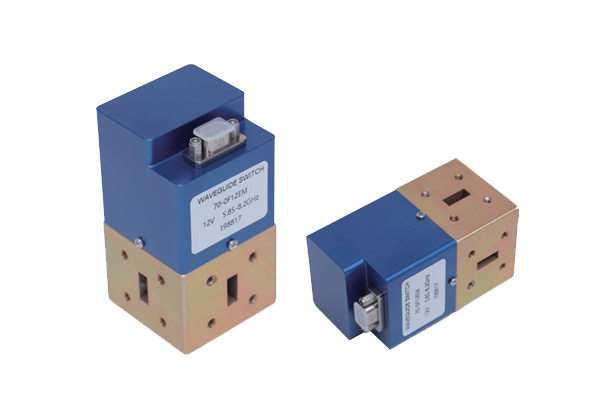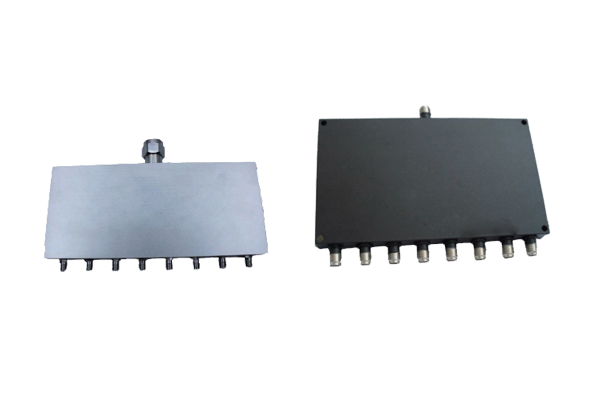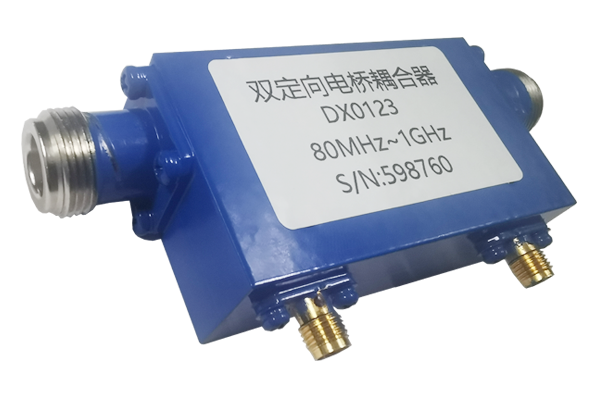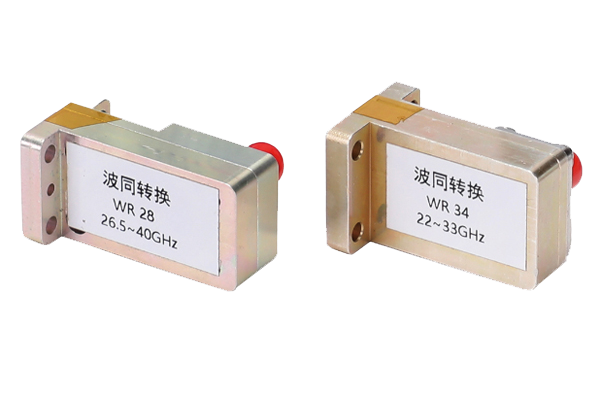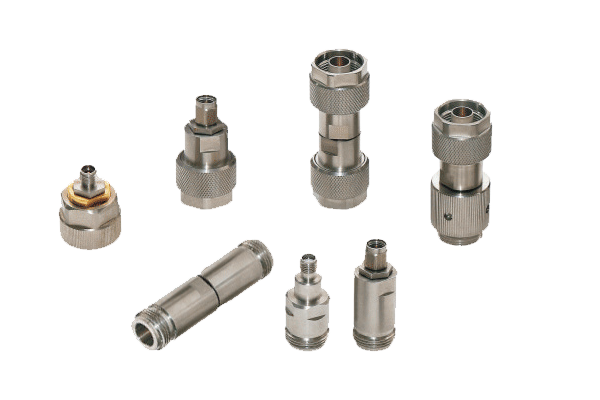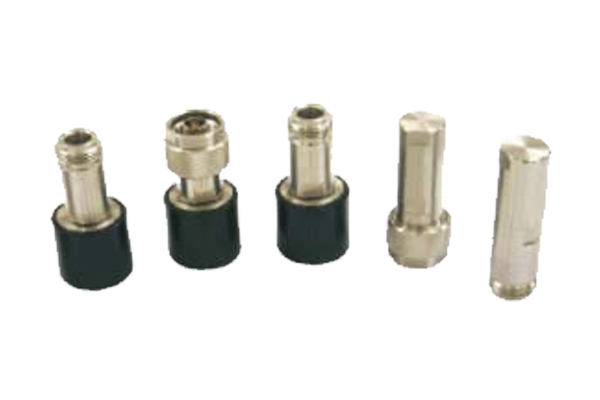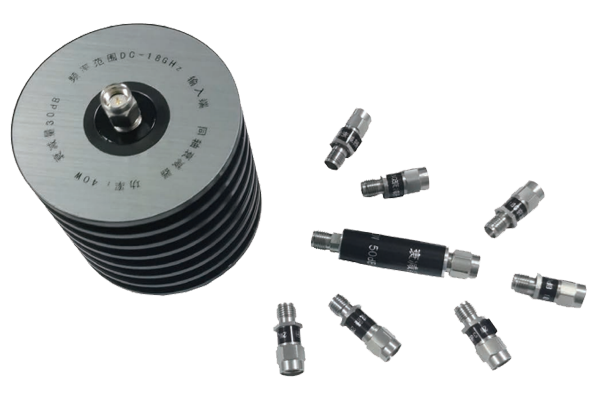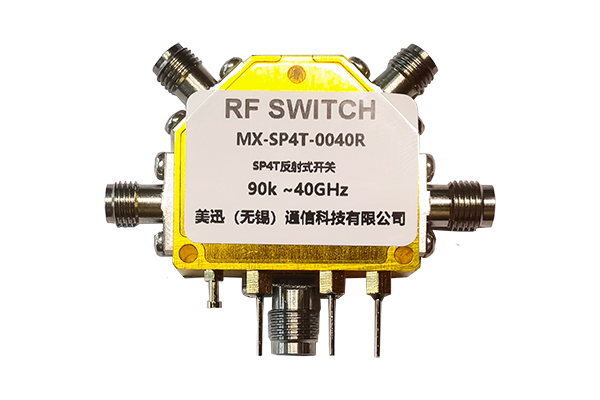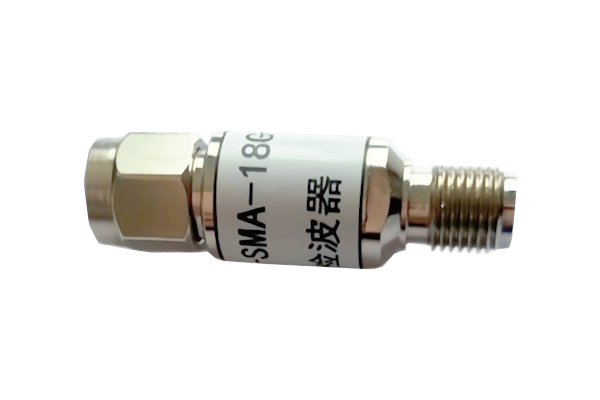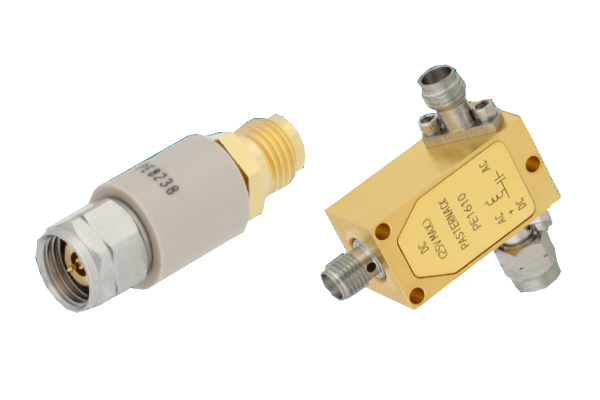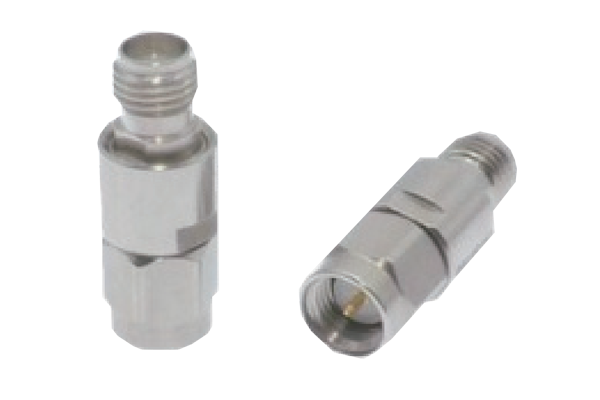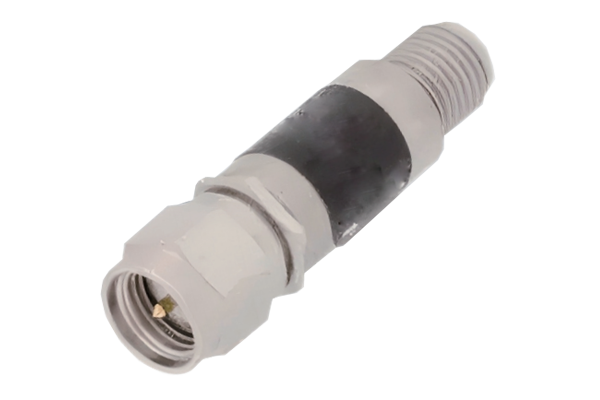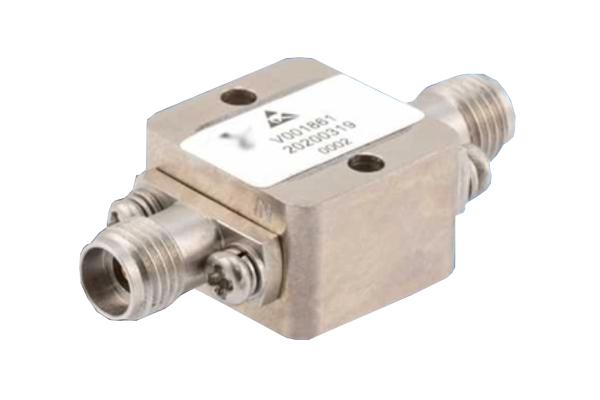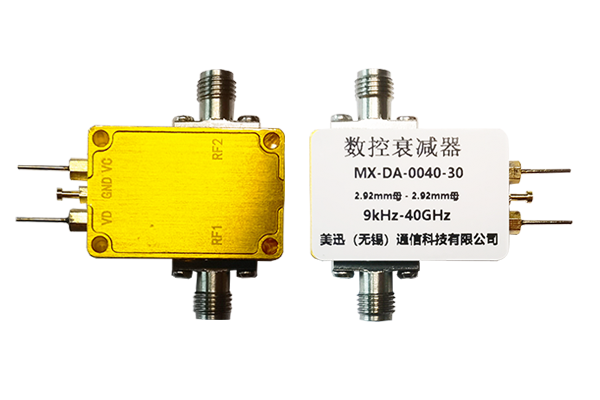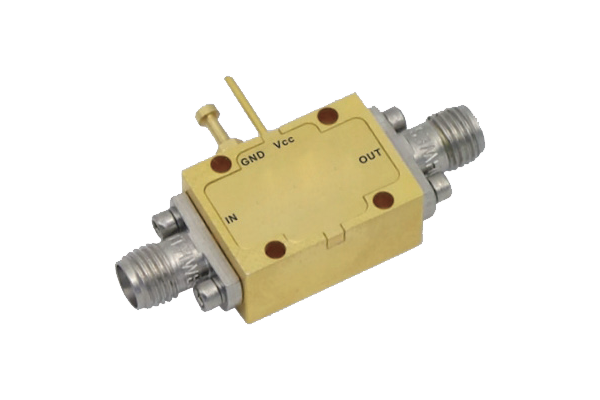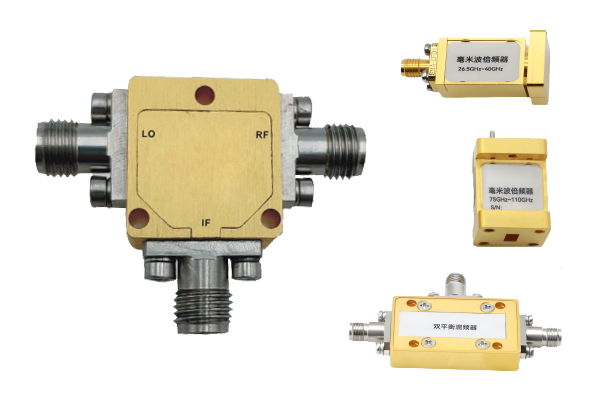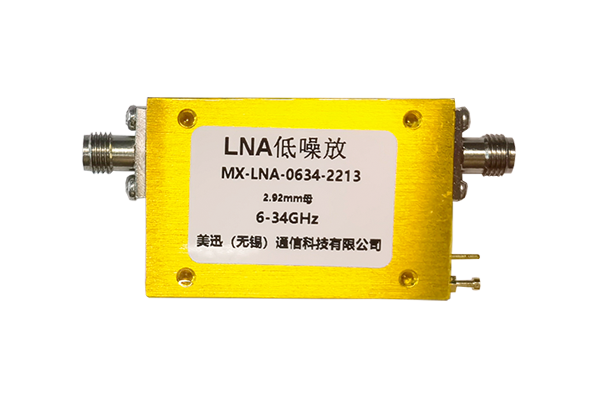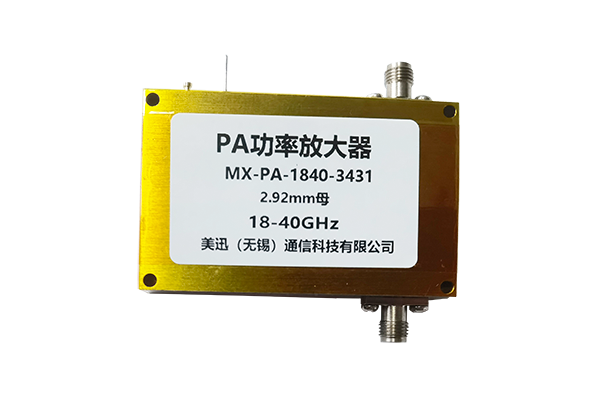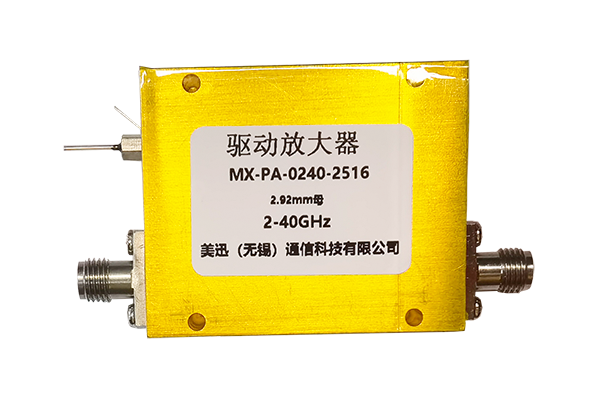What is the working principle of an RF attenuator
Working Principle of RF Attenuators
RF attenuators are designed to intentionally reduce the power of a radio frequency (RF) signal while maintaining its integrity and frequency characteristics. This controlled power reduction is achieved through specialized circuit designs and materials that dissipate excess energy without distorting the signal.
Core Operation Mechanism
- Utilizes resistive elements (thin-film resistors or coaxial resistor networks) in the signal path
- Converts excess RF power into heat which is dissipated through heat-conductive housing (aluminum/copper)
- Precisely calibrated resistance values achieve specific attenuation levels (0.5 dB to 100+ dB)
Types of RF Attenuators
- Fixed attenuators: Constant resistor configuration for set attenuation levels (protecting sensitive receivers)
- Variable attenuators: Adjustable components (potentiometers/PIN diodes) for dynamic attenuation control
Critical Design Considerations
- Impedance matching: Matches system impedance (typically 50Ω) to minimize signal reflection
- Balanced resistor networks maintain consistent input/output impedances
- Frequency response: Engineered for stable performance across specified ranges (e.g., 10 MHz to 6 GHz)
- Advanced designs use transmission line theory to avoid resonance/phase distortion
In summary, RF attenuators work by dissipating excess RF power through resistive elements while maintaining impedance matching and consistent performance across their designated frequency range—enabling precise signal strength control in RF systems.




